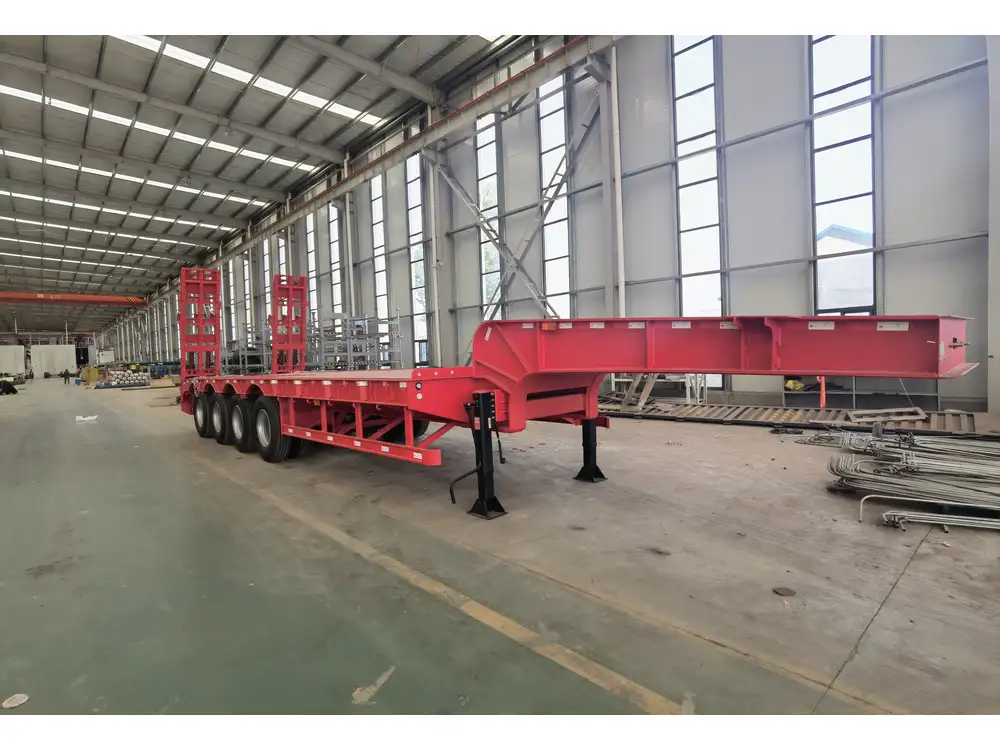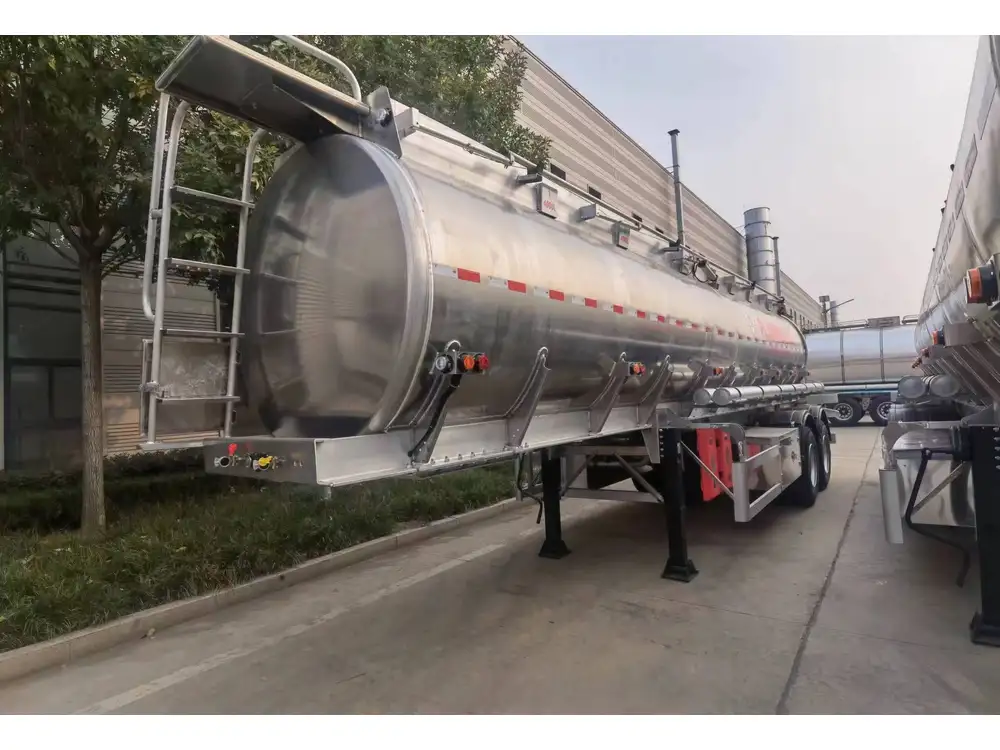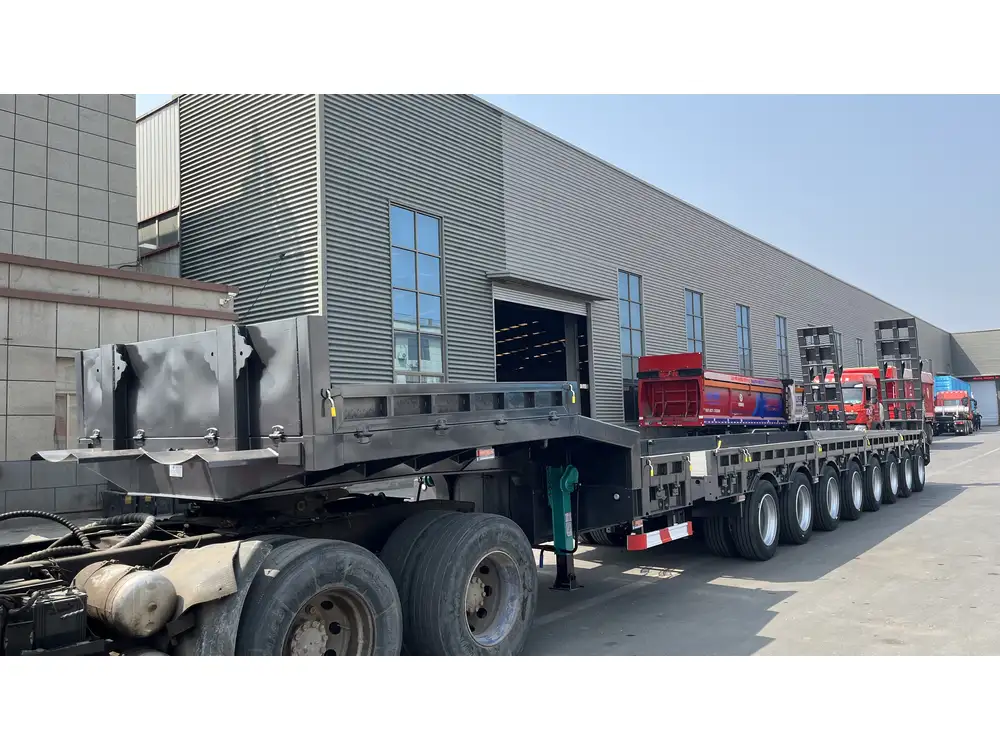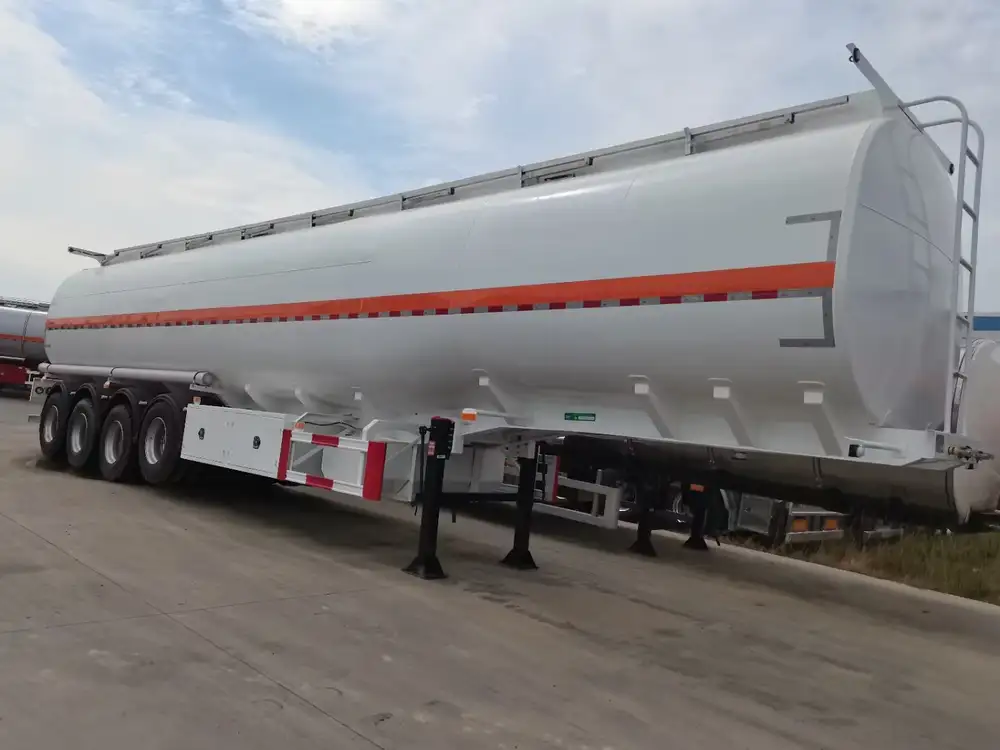When contemplating transportation logistics, understanding the height of a semi truck and trailer becomes paramount, as it influences various aspects of operation, including compliance with regulations, the selection of routes, and overall safety. It’s essential to dissect the complexities surrounding vehicle dimensions to ensure seamless transportation experiences. In this article, we will delve into the various factors influencing the height of semi trucks and trailers, relevant regulations, the impact on operations, and comparisons to other vehicle types.
What is a Semi Truck and Trailer?
A semi truck, often referred to as a tractor truck or articulated lorry, is designed to haul loads, primarily composed of two main parts: the tractor (or cab) and the semi-trailer. The tractor houses the driver and contains the engine and vital operational systems, while the semi-trailer is the cargo-carrying component that is attached to the tractor. The height of this assembly plays a crucial role in successful cargo transport.
Dimensions Breakdown
| Component | Typical Height |
|---|---|
| Semi Truck (Tractor) | 13.5 – 14.5 feet |
| Semi Trailer | 13.5 – 14.5 feet |
| Combined Height | 13.5 – 14.5 feet (varies based on specifications) |

Height Averages
The average combined height for a standard semi truck and trailer typically tallies around 13.5 to 14.5 feet. This metric aligns with Federal regulations in the United States, ensuring that these vehicles can traverse highways without causing conflicts with overpasses or other infrastructure variances. However, various factors influence these metrics, which we will explore in more detail in upcoming sections.
Regulatory Compliance
Federal and State Regulations
Both federal and state regulations govern the maximum permissible heights of semi trucks and trailers. The Federal Highway Administration (FHWA) stipulates that commercial vehicles should not exceed 13.5 feet in height on most highways.
| Agency | Regulation | Max Height |
|---|---|---|
| FHWA | Interstate Travel | 13.5 feet |
| State Regulations | Vary by state | 13.5 – 14.5 feet |
Consequentially, while most states maintain similar regulations, certain states may permit taller vehicles under particular conditions, emphasizing the necessity for operators to verify state-specific rules during route planning.

Special Permits for Oversized Loads
When operations demand the transport of oversized cargo exceeding the standard maximum height, special permits may be required. These permits typically stipulate designated routes, specific travel times, and potential escort vehicles to ensure safe transport.
Trailer Types and Their Heights
Different types of trailers offer unique configurations that can impact the overall height:
Common Semi Trailer Types
| Trailer Type | Height Range | Use Case |
|---|---|---|
| Flatbed Trailers | 13.5 feet | Versatile cargo transport |
| Dry Van Trailers | 13.6 – 14.5 feet | General freight storage |
| Refrigerated Trailers | 13.6 – 14.5 feet | Temperature-sensitive goods |
| Lowboy Trailers | 11.5 – 12.5 feet | Heavy machinery transport |
The trailer type selected influences not only the height but also the accessibility of the cargo. For example, flatbed trailers might require additional height clearance during loading and unloading processes compared to dry van or refrigerated trailers.

Factors Influencing Height Variability
Suspension Systems
The design of the suspension system can play a pivotal role in affecting the height of both the tractor and the trailer. Air suspension systems, for example, allow for height adjustments based on load weight, ensuring that loads remain stable even under varying weight conditions.
Tire Size and Pressure
The size and inflation pressure of tires can also affect the vehicle’s height. Taller tires will contribute to an increase in the overall height of the semi truck and trailer. Keeping tire pressure adequately inflated not only enhances safety but also maintains optimal height.
| Factor | Impact on Height |
|---|---|
| Tire Size | Increases overall height |
| Tire Pressure | Affects clearance |

Load Additions
Adding equipment such as tarps, containers, or modifications can alter the effective height. Considering these variables ensures compliance with height regulations, thereby avoiding potential fines or accidents.
Impact of Height on Route Planning
Bridge and Overpass Considerations
Collision with overpasses remains one of the more significant hazards for semi trucks. Prior validating the height of planned routes becomes critical, as even minor oversights can lead to irreversible damage and costly down-time.

Low Clearance Areas
Navigating areas with low clearance can stress the importance of precise height measurements. Utilizing height check apps or consulting state maps designed for oversized vehicles can provide an added layer of security.
| Navigation Considerations | Recommendation |
|---|---|
| Route Planning | Utilize GPS specifically for trucks |
| Height Check Apps | Confirm route compatibility |
| Professional Consultations | Seek expert advice on local restrictions |
Conclusion: Key Takeaways on Height Awareness
Awareness of a semi truck and trailer’s height entails much more than memorizing numbers; it involves understanding regulations, planning routes wisely, and acknowledging the various factors that contribute to those heights. Through careful consideration of the elements discussed, operators can navigate the complexities of transportation safely and efficiently.
Regular Maintenance and Compliance Checks
Consistent maintenance and compliance checks should be integrated into operational routines. Regularly checking the height of vehicles, along with maintaining proper inflation of tires and optimizing suspension systems, ensures that your vehicles remain compliant and operational.

Enhancing Safety and Efficiency
By retaining strategic height knowledge, operators can tailor their logistics to circumvent potential challenges posed by insufficient height clearances, maintaining operational efficiency and safety across all routes.
Ultimately, whether you’re a seasoned professional in the transport industry or a newcomer exploring these concepts, the intricacies surrounding the height of semi trucks and trailers necessitate keen awareness and proactive management. As the transport landscape evolves, staying informed about regulations and best practices remains essential for success.



